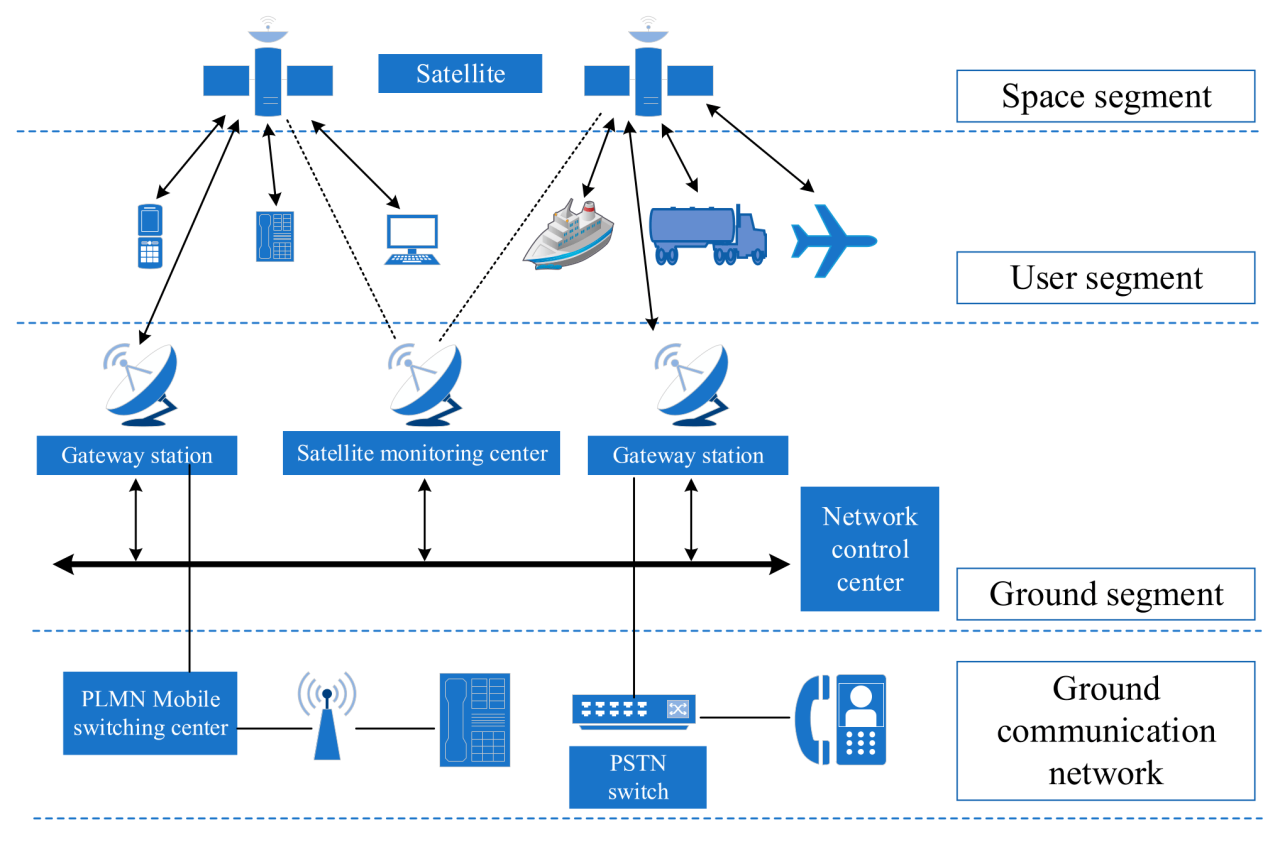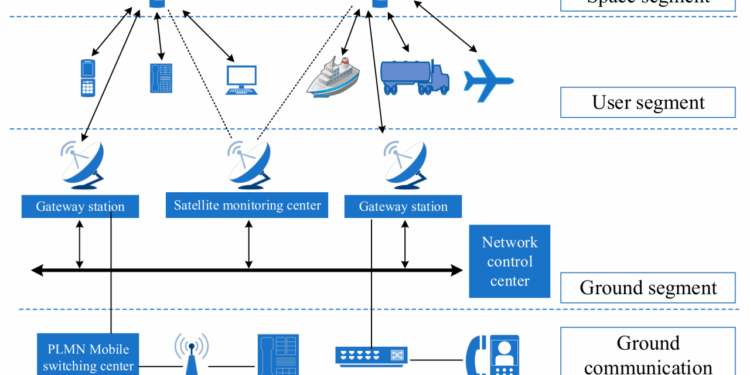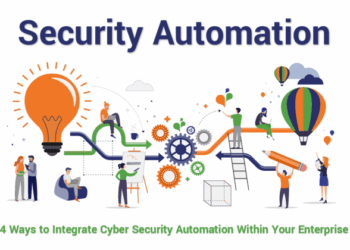In today's fast-paced digital landscape, integrated remote communication platforms have revolutionized the way businesses connect and collaborate. From enhancing team coordination to ensuring secure data transmission, these platforms offer a wide array of benefits that cater to the needs of modern enterprises.
Let's delve into the intricacies of integrated remote communication platforms and uncover the key components that make them indispensable tools in the virtual workspace.
Definition of Integrated Remote Communication Platforms
Integrated Remote Communication Platforms are software solutions that combine various communication tools into a single platform to facilitate seamless remote collaboration and interaction. These platforms typically offer features such as video conferencing, instant messaging, file sharing, and project management tools in one integrated system.
Key Features of Integrated Remote Communication Platforms
- Video Conferencing: Allows users to conduct virtual meetings with multiple participants from different locations.
- Instant Messaging: Enables real-time text-based communication for quick discussions and updates.
- File Sharing: Provides a centralized location for sharing and storing documents, images, and other files.
- Project Management Tools: Includes features for task assignment, progress tracking, and team collaboration on projects.
- Integration Capabilities: Ability to integrate with other software applications and tools for enhanced productivity.
Examples of Popular Integrated Remote Communication Platforms
- Microsoft Teams: A comprehensive platform that combines chat, video meetings, file storage, and app integration for teamwork and collaboration.
- Slack: Known for its instant messaging and collaboration features, Slack also offers integrations with various third-party apps for enhanced functionality.
- Google Workspace (formerly G Suite): Offers a suite of productivity tools, including Google Meet for video conferencing, Gmail for email communication, and Google Drive for file storage and sharing.
Benefits of Integrated Remote Communication Platforms
Integrated remote communication platforms offer numerous advantages for businesses looking to streamline their operations and improve collaboration among remote teams.
Enhanced Collaboration
Integrated remote communication platforms provide a centralized hub for team members to communicate, share files, and collaborate in real-time. This ensures that all team members are on the same page, leading to improved productivity and efficiency.
Efficiency Compared to Traditional Methods
When compared to traditional communication methods such as email or phone calls, integrated remote communication platforms offer a more efficient way to communicate. Features like instant messaging, video conferencing, and project management tools help teams stay connected and work together seamlessly, regardless of their physical location.
Key Components of Integrated Remote Communication Platforms
Integrated remote communication platforms consist of several key components that work together to provide users with a seamless communication experience. Each component plays a vital role in ensuring effective communication and collaboration among remote teams. Let's explore the essential components and how they contribute to the overall functionality of integrated remote communication platforms.
Components of Integrated Remote Communication Platforms
| Component | Functionality | Importance |
|---|---|---|
| Video Conferencing | Allows face-to-face communication in real-time, fostering better connection and collaboration. | Essential for virtual meetings, presentations, and team discussions. |
| Instant Messaging | Enables quick and informal communication between team members for swift updates and clarifications. | Promotes real-time interaction and helps in resolving queries promptly. |
| File Sharing | Facilitates the exchange of documents, files, and resources among team members for seamless collaboration. | Ensures easy access to shared files and promotes efficient workflow. |
| Screen Sharing | Allows users to share their screens with others, enabling visual presentations, demos, and troubleshooting |
Enhances communication by providing a visual aid during discussions and meetings. |
| Collaboration Tools | Includes tools like whiteboards, task management, and shared calendars to enhance teamwork and productivity. | Promotes collaboration, organization, and project management within remote teams. |
Security Features in Integrated Remote Communication Platforms
When it comes to integrated remote communication platforms, ensuring the security of sensitive data is paramount. These platforms implement various security measures to protect user information and maintain the confidentiality of communications.
End-to-End Encryption
One of the most critical security features in integrated remote communication platforms is end-to-end encryption. This method ensures that data is encrypted on the sender's device and can only be decrypted by the intended recipient, preventing any unauthorized access in between.
Best Practices for Users
- Use strong, unique passwords for your accounts to prevent unauthorized access.
- Avoid sharing sensitive information such as passwords or personal details over these platforms.
- Enable two-factor authentication for an added layer of security.
- Regularly update the platform and any associated apps to patch security vulnerabilities.
- Be cautious of phishing attempts and verify the identity of the sender before clicking on any links or downloading attachments.
Outcome Summary

As we wrap up our exploration of integrated remote communication platforms, it becomes evident that these tools are not just a convenience but a necessity in the contemporary business environment. By fostering seamless communication, boosting productivity, and prioritizing data security, these platforms pave the way for efficient remote work practices.
Embrace the power of integrated remote communication platforms and unlock a world of endless possibilities for your organization.
Clarifying Questions
How do integrated remote communication platforms differ from traditional communication methods?
Integrated remote communication platforms offer real-time interaction, seamless file sharing, and enhanced collaboration features that go beyond the capabilities of traditional methods like email or phone calls.
What are some popular examples of integrated remote communication platforms?
Popular platforms include Slack, Microsoft Teams, Zoom, and Google Meet, which combine various communication tools into a single integrated interface.
Why is end-to-end encryption important in integrated remote communication platforms?
End-to-end encryption ensures that data remains secure and confidential during transmission, protecting sensitive information from unauthorized access.
How can users maintain security while using integrated remote communication platforms?
Users can follow best practices such as using strong passwords, enabling two-factor authentication, and being cautious about sharing confidential information to enhance security while using these platforms.










